I have this 1/8 inline stereo audio jack connector without a datasheet:

I want to use it for connecting a USB programming cable to a PICAXE.
I am unable to identify which pins connect to sleeve, ring, and tip. Is there standard layout or some easy way to identify? The only clue I can see is that one of the pins is round, and the other is square.